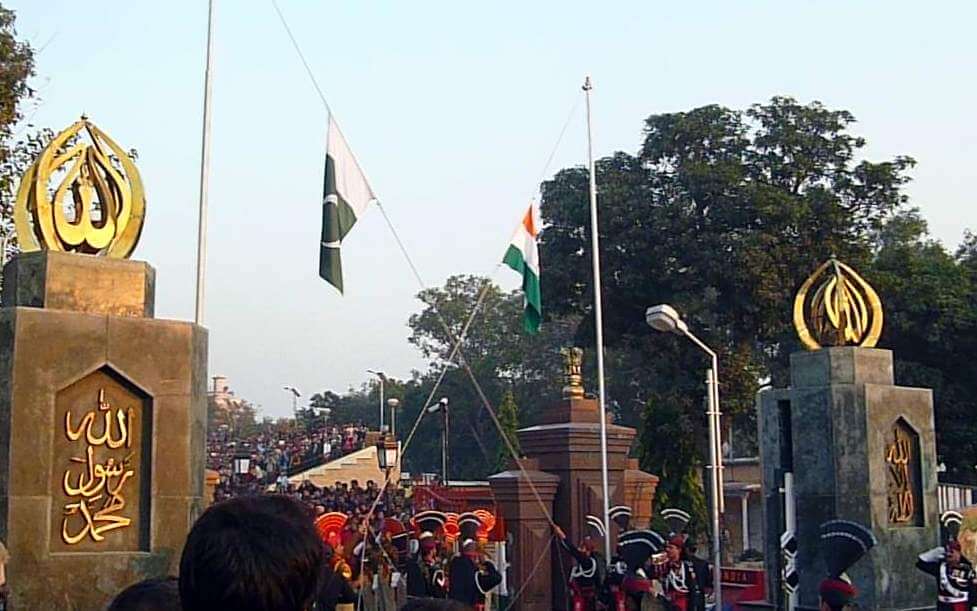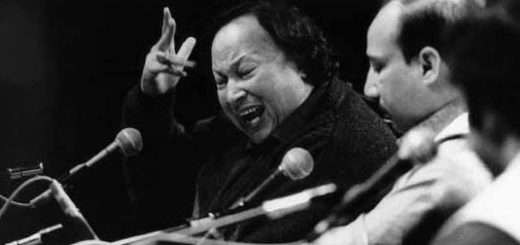A Tale of Two Peoples – By A. Banerjee
A Tale of Two Peoples – By A. Banerjee
The decline of Mughal power brought about the rise of the Marathas. In AD 1714, the grandson of Shivaji appointed Balaji Vishwanath Bhat as his Peshwa, chief minister. Over the next several decades the Maratha confederacy gained many victories over north and central India. Gaikwad in Baroda, Holkar in Indore and Shinde in Gwalior, the confederacy radiated outwards from Pune like brutally fanged tentacles. Balaji Bhat was followed by a number of able Peshwas, with Bajirao I being the most notable. The third battle of Panipat, in 1761, and the defeat at the hands of Ahmad Shah proved an insurmountable blow to the power of the Peshwa. The Maratha confederacy persisted for nearly another hundred years but the Peshwa was reduced to a figurehead in Pune, real power devolved to the erstwhile generals, the Shindes, Holkars and Gaikwads.
Puppets though they may have become, their influence limited to a small area, but for the ensuing nearly one hundred years they lacked for nothing material. The prestige of admittedly curtailed power, enormous wealth, every luxury imaginable. Little wonder then, that by the time Bajirao II, in the middle of the nineteenth century came to end of his life, debauchery and decadence was all that marked the institution. By this time indigenous power had all but died out, and the Company Bahadur reigned supreme. The last Peshwa had no natural children, so he adopted a son, a practice necessary under Hindu tradition, for no man could die without a son to give fire to his body. By Hindu law, the adoptive son enjoys all the rights of a natural heir, and so Bajirao petitioned the Governor General to pass on his title and 80,000 pounds annual pension to Nana Sahib. Dalhousie refused.
1857 brought the Revolution or, depending on your point of view, the Sepoy mutiny. Nana Sahib became the head of the Indian troops, and in a bid to garner support, resurrected Bahadur Shah II on the imperial throne of Delhi. After a protracted and brutal conflict, British reinforcements and the help from the Punjab, won the war for the English.
The rest as they say, is history.
II Untouchable Mahars
From time immemorial, the Mahars of Maharashtra had been living on the outskirts of social life. They had no special skills or crafts, and were used for performing tasks in village life that no one else would; street sweeping, cattle carcass disposal, tending to the cremation grounds.
Then came the British East India Company. Its enormous thirst for profit demanded an army for both protection and conquest. The Mahars, as an entire community grabbed this opportunity. They were recruited heavily into the Bombay army and won high praise for their soldierly qualities. The exploits of the pioneers of this newly acquired martial status rapidly became part of the Mahar lore, the most famous incident, the battle of Koregaon on New Year’s day in 1818 when a mere 500 men, mostly Mahar, repelled a force of 20,000 lead by Bajirao II.
This new incarnation of the Mahar community, besides providing employment and steady income, had far reaching consequences. The community was exposed to western ways of life, which when coupled with the education they received in the army brought about a vast increase in confidence and self respect. Many scholars believe that the emergence of Dr. B.R. Ambedkar, himself a Mahar, can be traced back to this early renaissance.
The Tyranny of Success
Organizations, whether they are corporate entities, families, entire societies or individuals, share certain common behavioral patterns. Entities that have tasted success over prolonged periods of time become very good at managing by making incremental modifications in day to day affairs. Having achieved significant progress, risk taking gets viewed as unnecessary rocking of the boat, and great emphasis is placed on making continuing modest improvements to try and improve efficiency, reduce waste and the like.
This is the tyranny of success.
Their outlook biases them heavily towards linear change processes. This works well until one is faced with challenges of revolutionary proportions. Once such catastrophic change has taken place, incremental changes are of little use, and faced with a fait accompli, the required response needs to be drastically innovative and grossly non-linear.
Nana Sahib, and others of the ruling elite in nineteenth century India, see the threat posed by the British, but remain obsessed with trying to maintain their comfortable lifestyle. Only when the rights of adoption are refused, does Nana Sahib become (more by accident than by design) the leader of the revolution. He tries to resurrect an atavistic illusion of the Mughal era by installing an octogenarian pensioner on the imperial throne. Even if the revolution had succeeded, conflict between the Mughal court and the Marathas was inevitable. In the event, Sikh repugnance to the thought of return to Mughal rule is a significant factor in their support to the British, and the war is lost.
The Mahar, on the other hand, recognized, beyond a shadow of a doubt that they are trapped, almost inextricably, in failure. The dramatic step of enrolling in the British army is seen, and grasped as a means out of their predicament. Once they realized the benefits the army afforded them, they prove to be extremely loyal and fierce soldiers. They are able to grow as a community, and progress beyond anything that would have been possible in the absence of such a historic measure.
Ideally, societies need to be tuned, and prepared for both incremental and non-linear changes. Day to day management, and response to dramatic events, both need to be faced and dealt with on a continuing basis if we are to avoid getting to the bottom of the barrel stage before a new course of action suggests itself.
For present day third world societies, the challenge is also the opportunity. Modern technology has made possible huge innovation with nominal investment. There is no point waiting for government initiatives for information technology and the like, the question is, are a sufficient number of people willing, and able, to recognize and grasp the opportunities available.














